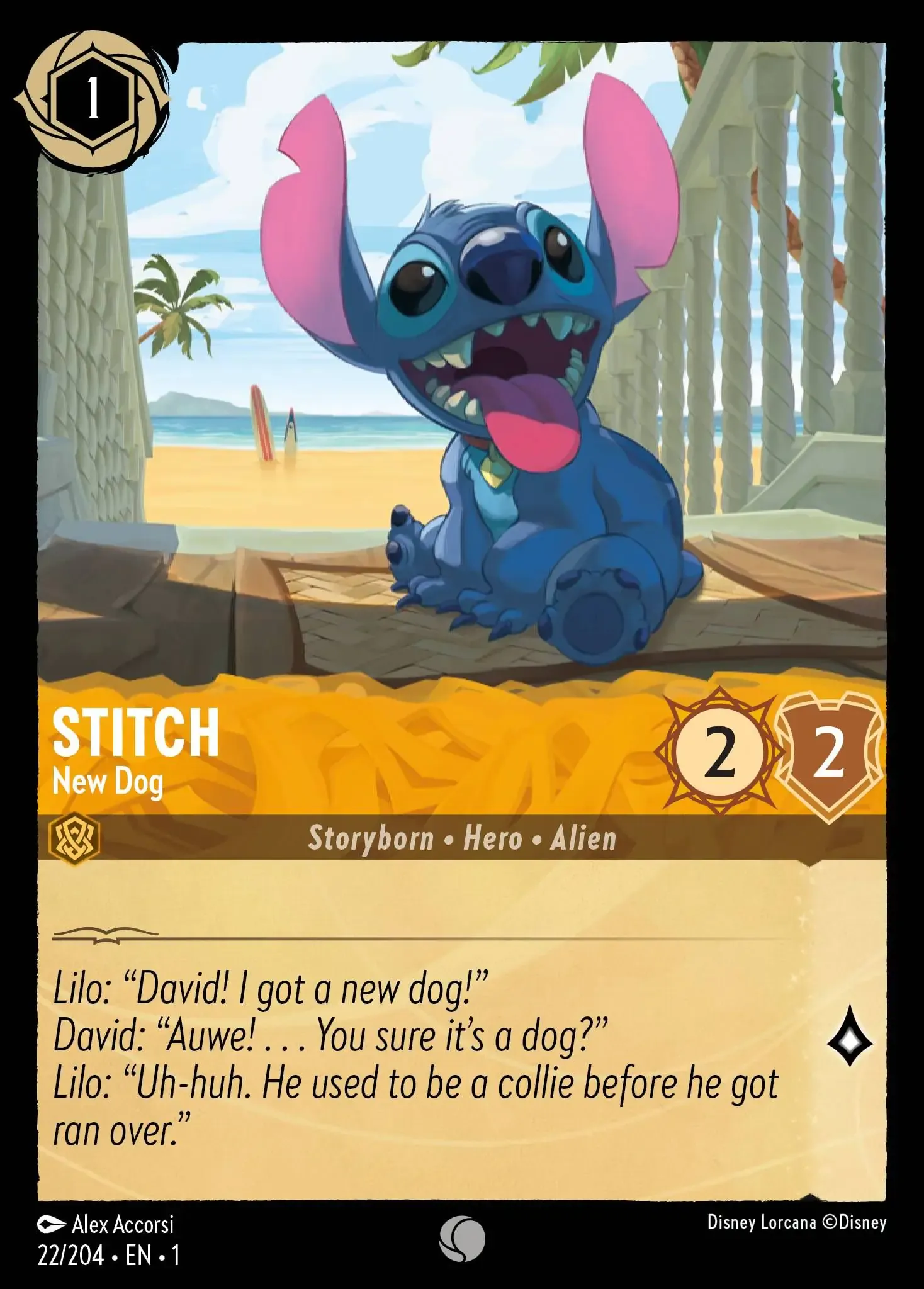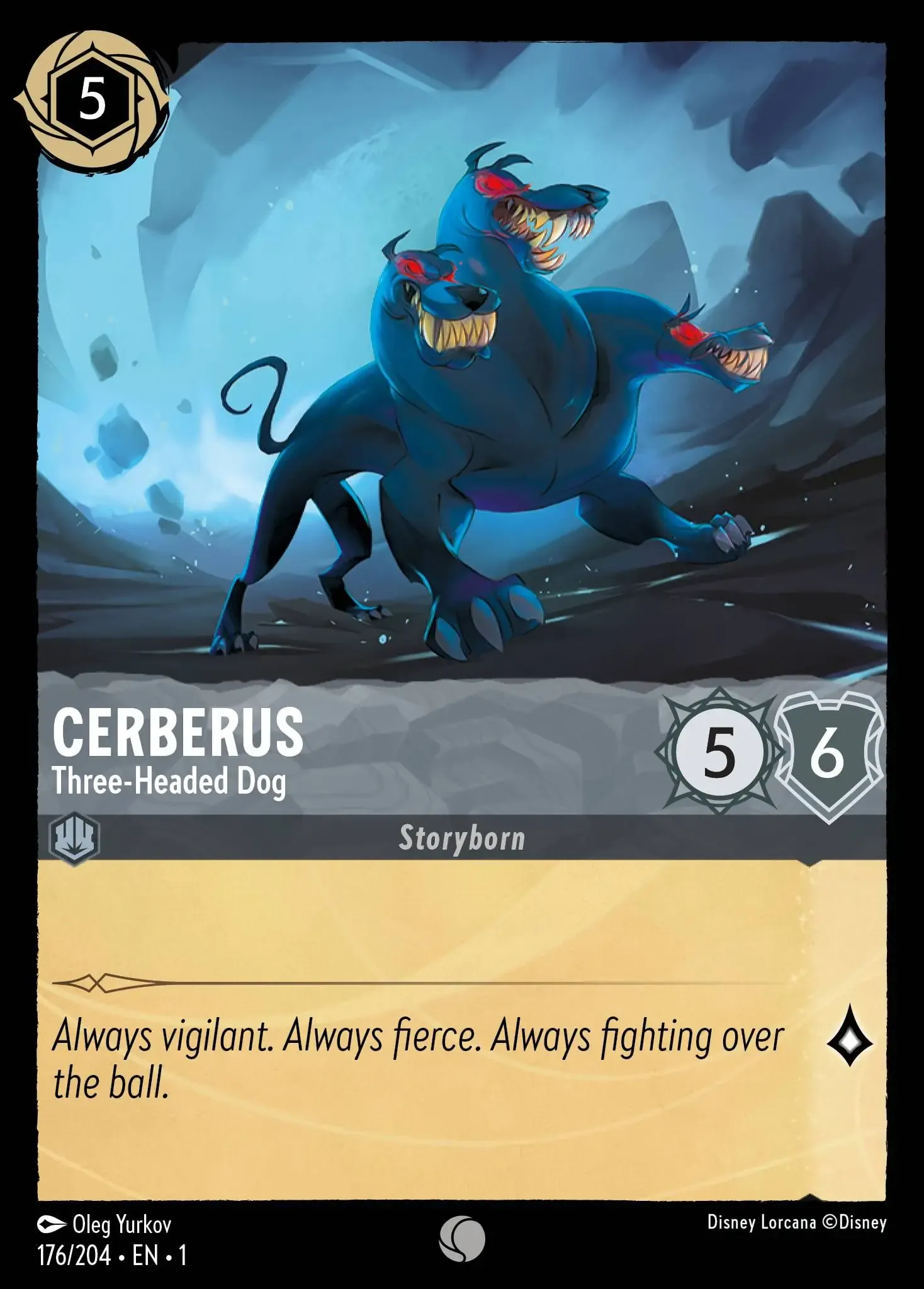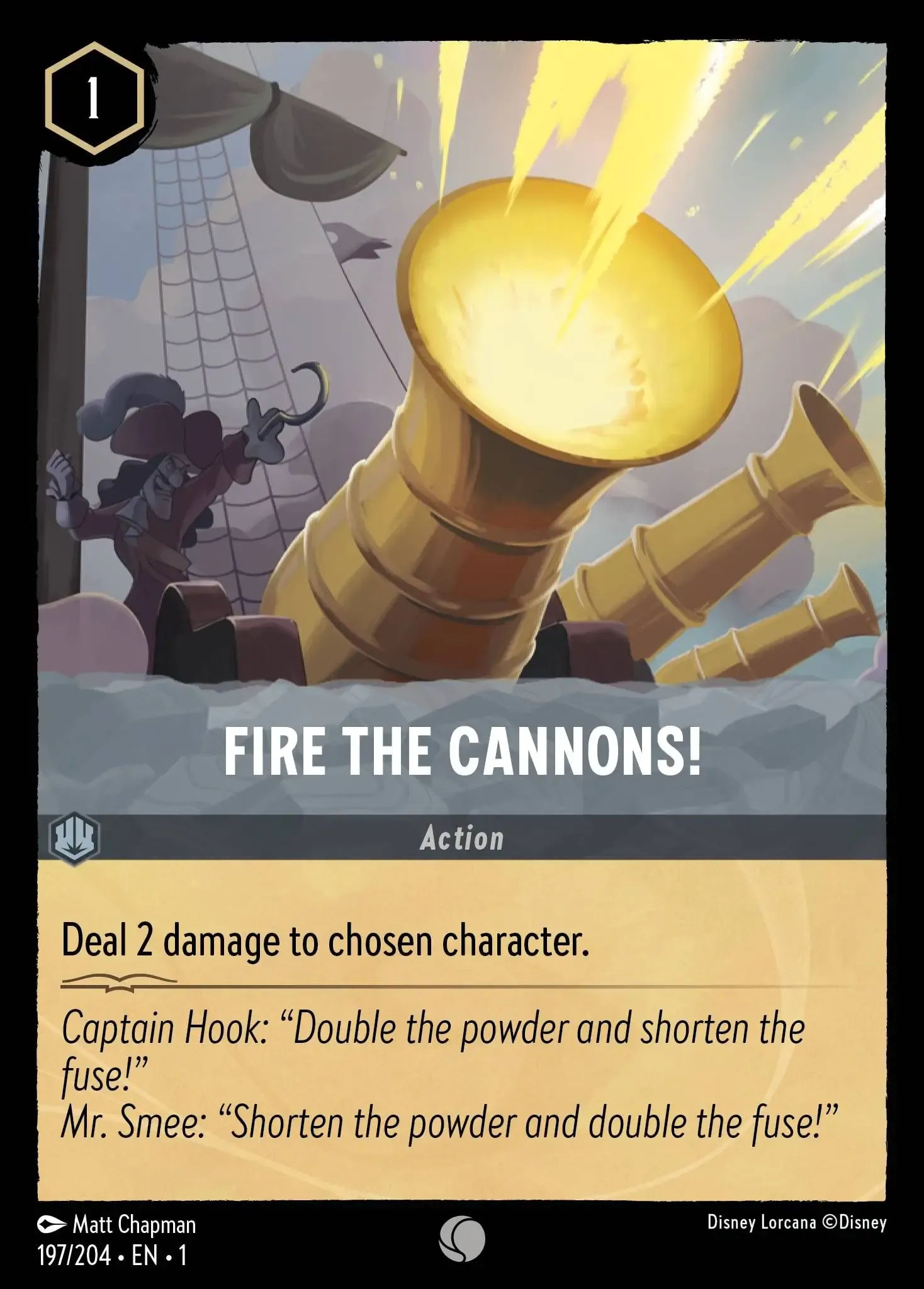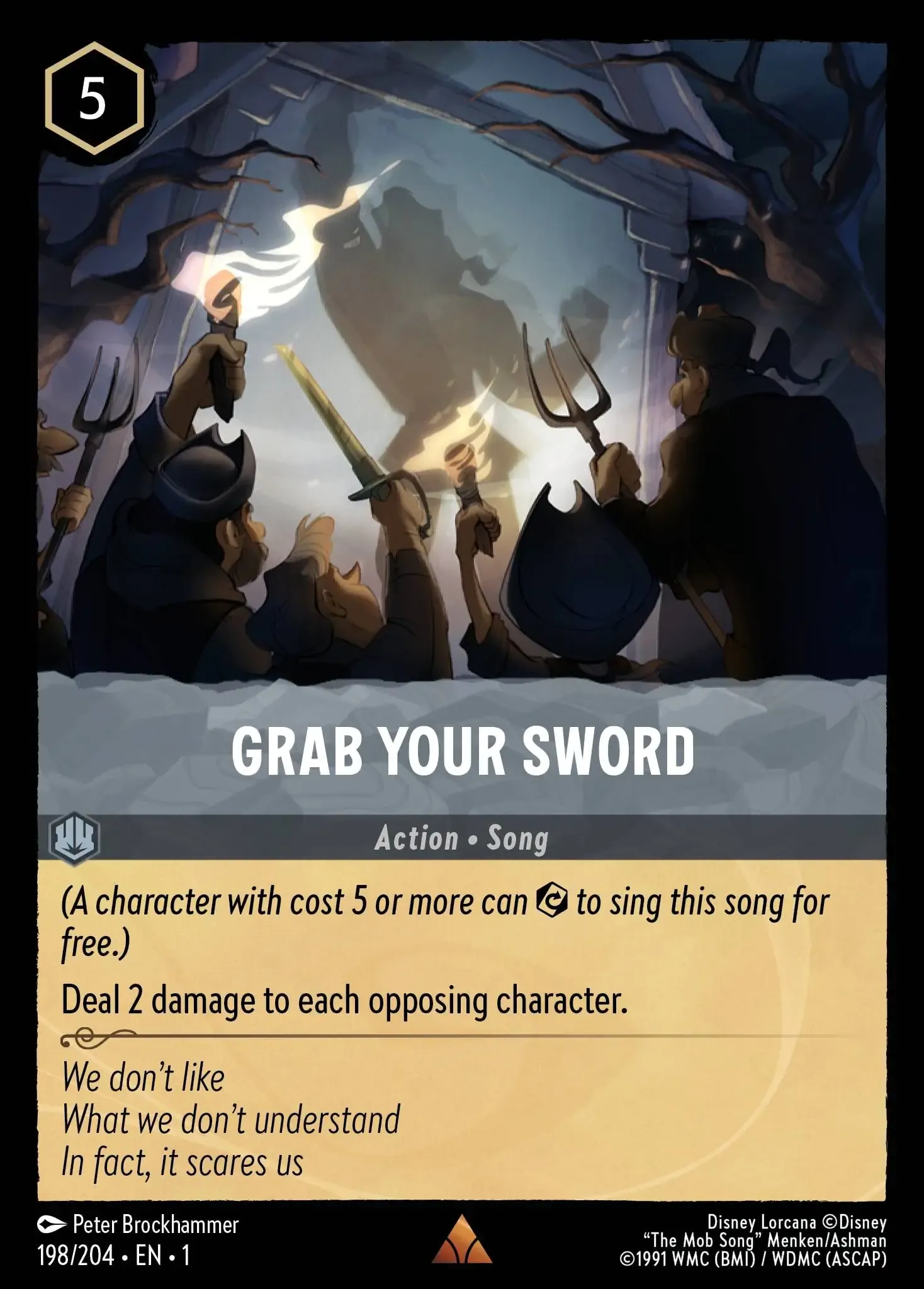Beyond the Basics of Lorcana - Introduction and Part 1: Card Evaluation
(This blog has moved to wordpress: https://thetheoryoflorcana.wordpress.com/)
Introduction
Hello, Dear Reader!
My handle is KDramaAndCard fan, and like the name implies, I am an avid Trading Card Game (TCG) player and am currently enjoying every minute of playing Disney and Ravensburger's Lorcana TCG. Because the game is new, there aren't many written materials that discuss card game fundamentals and theory in the context of Lorcana. Therefore, the purpose of this blog is to do just that!
Why should you listen to me? To build some credibility, I will mention that I am currently a Grandmaster on Pixelborn, the highly unofficial (but absolutely awesome) online client for Lorcana.
I don't claim to be the best Lorcana player in the world, but I do think that I have a good knowledge base about card games and Lorcana. I always strive to improve. For me, the key question for improvement is WHY. Many players, maybe including you, have probably asked yourself one of these:
- WHY is [insert your favorite deck here] a good deck?
- WHY is [insert your hated deck here] a bad deck?
- WHY did I lose this game?
- WHY does this card never see play?
The answer to all of those questions requires that we develop a base of concepts to understand how to tackle these important WHY questions. I'm calling this blog a "Beyond the Basics of Lorcana" series which will attempt to build up a base of information to get you, the reader, up to speed. I will note that there is no good order to talk about things: in an ideal world, you would already understand what I mean when I say "metagame", "tempo", or "card advantage" when I start to talk about card value, but that would defeat the whole purpose of trying to start from the beginning. Therefore, I'll do my best to try to present everything in an order that makes sense, but I hope you give me some leeway in knowing it won't be perfect.
I won't be going over the absolute basics of how to play - the Official Website does an excellent job, and even has a Quickstart Guide translated into several languages at the bottom.
If this is your first exposure to Lorcana, welcome! I recommend that you take the time to learn how to play this excellent game before you dive further here.
Moving forward, I will be copying images from the very useful website Dreamborn.ink.
Part 1. Card Evaluation
"Beast - Tragic Hero is an amazing card"
"The bounce cards are overpowered"
These are all sentences that I have heard since people have played Rise of the Floodborn. Moreover, you have undoubtedly heard someone claim that "this card is bad" or "that card is good." But what does that REALLY mean and how can we try to judge cards a little objectively? To do that, we need to start with something called the Vanilla Test
Card Value and The Vanilla Test
Below is a listing of characters that have no special effect - they only have an ink cost, strength, willpower, and lore value. They have no other gameplay-impacting effect:















Moving forward, I will denote strength and willpower as X/X, which is a common convention in TCGs. For example, Tiana - True Princess has 5 strength and 3 willpower, so she is a 5/3 (that can quest for 3). I will call these parameters the character's "stat line"
For each ink cost, 1-5, those above characters represent, approximately,
the maximum stats that we see for that ink cost in terms of strength,
willpower, and lore. Since they have no special abilities, the cards are known as "vanilla" cards
The stat lines of the vanilla cards represent what we expect to find on an "average" card of that cost
For example, when we pay 3 ink, we expect a character that is 4/3, or 3/4 and the maximum lore we can find is on a 1/3 character that can quest for 3 lore. If a character has less that these stats, it is "understated" which is generally bad. If a character has more than these stats, it is "overstated" which is generally good.
One special quirk of Lorcana is that we win by questing to 20 lore and therefore each character has a lore stat. The lore stat is a little weird and an important thing to note is that...
Characters generally quest for 1-3 lore, even at higher ink costs
Therefore, a character having the ability to quest for just 2 lore is already a little more valuable, regardless of their strength/willpower stat line.
You already know that many cards have a special effect.


The Vanilla Test is a test where we compare a card against vanilla cards of the same ink cost. For example, Maleficent - Sorceress costs 3 ink, yet she is only a 2/2 that can quest for 1 lore, something we would expect of a 1 ink character, so she is clearly understated. However, I will claim that she is a strong card. Why is that? Because her ability to draw a card is very impactful and she can sing songs of 1-3 cost. This demonstrates the true purpose of the Vanilla Test:
We use the vanilla test to compare cards with special effects against vanilla cards without effects to determine if the special effect is worth the loss in stat line value.
In other words, we use the vanilla test as one method to VALUE the worth of a card.
This concept of card value is critical and entire decks are built around the idea of using the high value cards-only.
You'll notice that the game designers have intentionally applied stat draw backs to cards with powerful abilities and apply stat increases to cards with detrimental abilities. Thus, to continue our discussion, it's useful to see the approximate opportunity costs of various effects.
The Opportunity Cost of Card Draw

Maleficent - Sorceress is probably the most prototypical card draw in the game. Looking at it, we can deduce what the developers think is a fair cost for card draw: you pay 3 ink to draw 1 card and leave behind a character that has the vanilla stats of a 1 ink. So, we can say that "fair" card draw is valued at costing 2 ink. With this in mind, you can understand the power of the following card...

Rapunzel - Gifted with Healing was known for being the expensive, power card in the First Chapter, and hopefully you can now see why: we are paying only 4 ink to draw up to 3 cards (we would expect to pay 6 ink for it to be "fair") AND we leave behind a respectable 1/5 character that can quest for 2 AND her effect HEALS a character for up to 3. That is insane value, despite her apparent lack of stats.

You can now also see why Beast is such an amazing card: for 5 ink, it has the stat line of a 4-ink character, which is not bad. However, each turn it stays undamaged we can draw an additional card. And EVEN more, once Beast becomes damaged, he becomes a 7/X on your turn, which is an amazing amount of attack, far beyond any 5-ink characters.
The Opportunity Cost of Damage


Even though they are not characters, it turns out that we can think of action cards in the context of the vanilla test too!: we see that the Ravensburger developers valued doing 2 damage at 1-ink and an opponent, board-wide 2 damage at 5 ink.

Fire the cannons explains why Stampede is a bad card and generally does not see play: whereas Fire the Cannons can simply do 2 damage, Stampede requires a damaged character and is strictly worse.
But this is not the only way we can consider damage. In a way, the keyword Rush, which allows your character to challenge the same turn it is played, is also a way to do damage

We can think of Madam Mim - Fox like a slightly better "do 4 damage" card, since it leaves behind a character if it survives. Applying the vanilla test to this, you might be surprised to see that she is actually fairly stated/on par with other 3-ink characters. This is part of the answer to why the bounce package of Rise of the Floodborn is considered overpowered: Ravensburger clearly thought that returning your own card to hand would be a detriment, but it has turned out not to be the case! Therefore, this is an extremely powerful "damage" card
Other Opportunities Costs

Hopefully, you are now able to understand other cards like Gaston - Arrogant Hunter. Reckless is clearly a detriment, and as such, Gaston is actually overstated as we would expect a 2/3 or 3/2 stat line. As such, he is a very respectable card that could be used to banish higher ink characters!

Some characters have powerful effects that have few or no peers. Elsa - Spirit of Winter is one of those cards. The high ink cards do not have many peers, so it is not that useful to try to apply a vanilla test to them. But we can see that Elsa has an extremely unique, and powerful effect to exert 2 opposing characters AND keep them exerted. Additionally, she quests for 3 which is abnormally high lore where the average is 2 or less.
Wrap-up and Homework
Hopefully, this introduction gives you an objective way to think about whether a card is "good" or "bad." I will leave you with this card as homework:

Compared to her 4-cost peers, is Ariel a good or bad card? Why or why not? Does this explain why she does or does not see play (Hint: She usually does not see play)?
Comments
Post a Comment